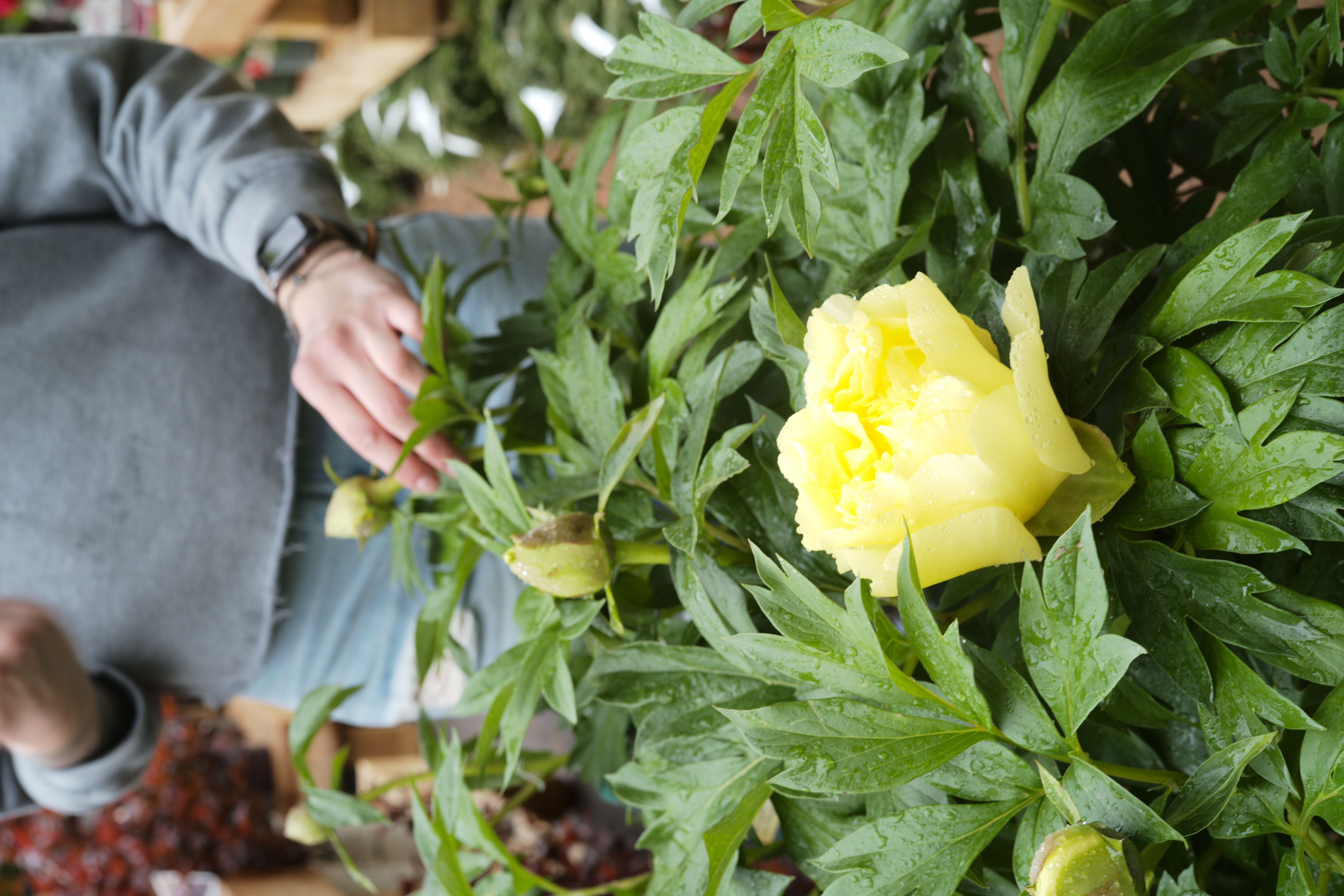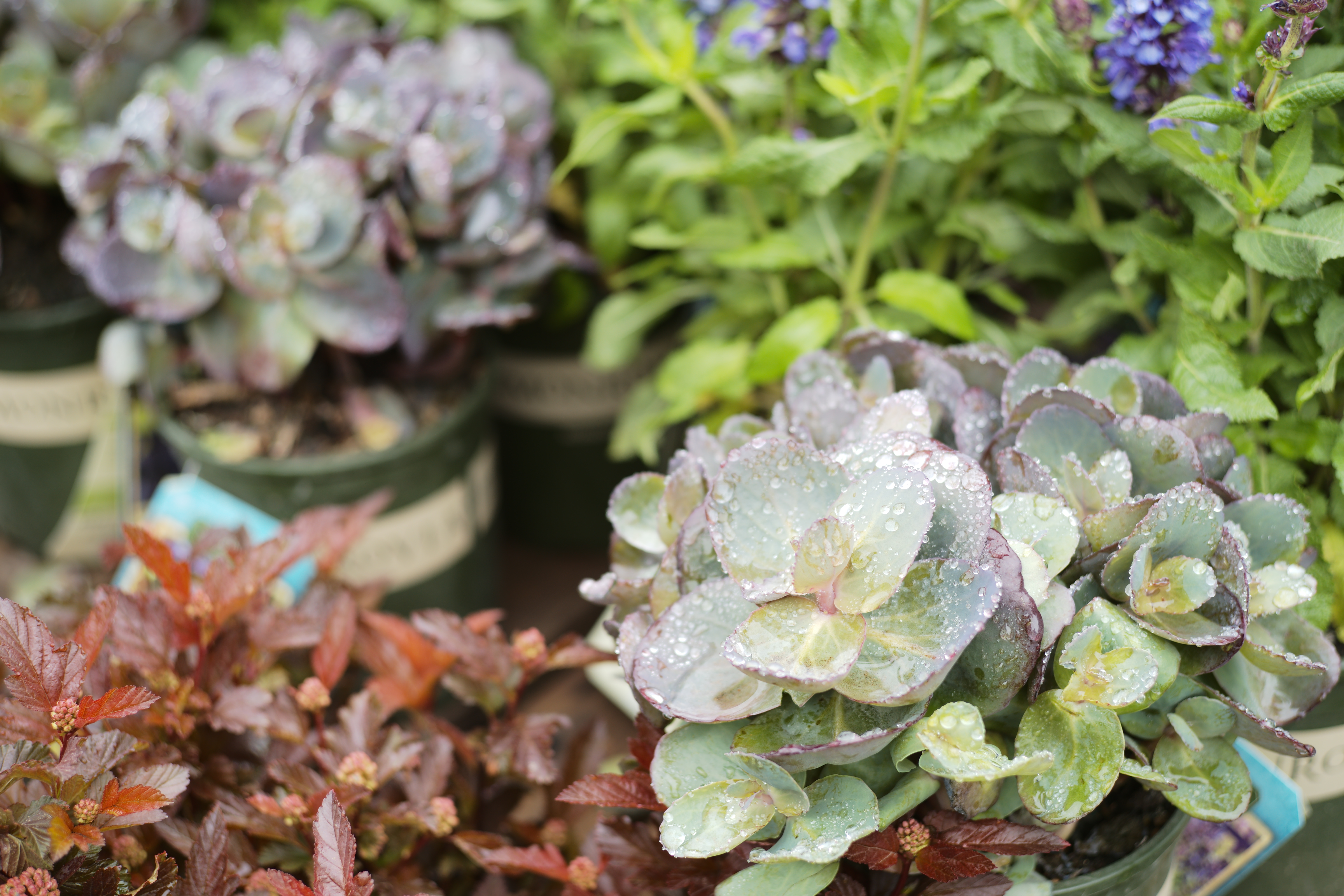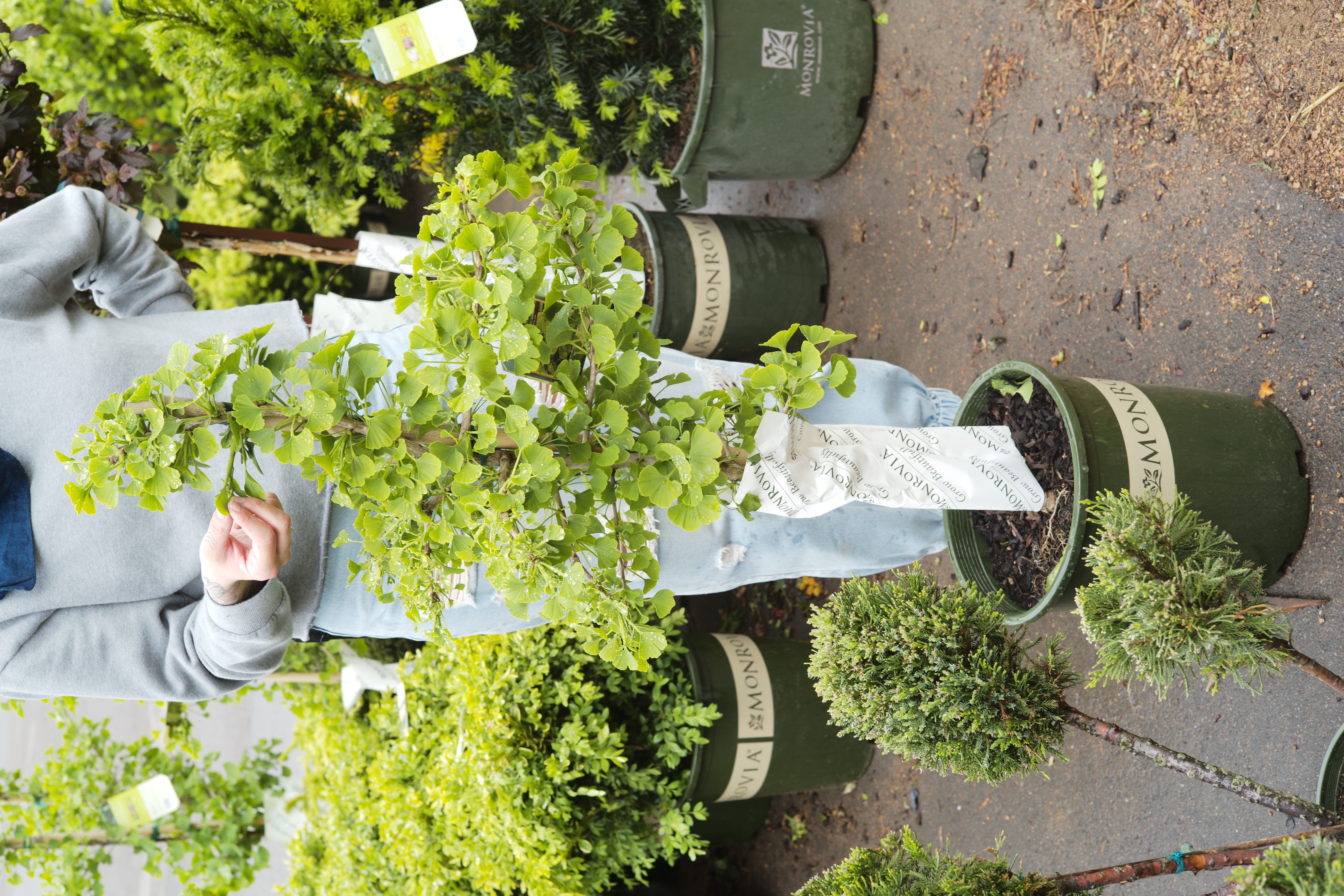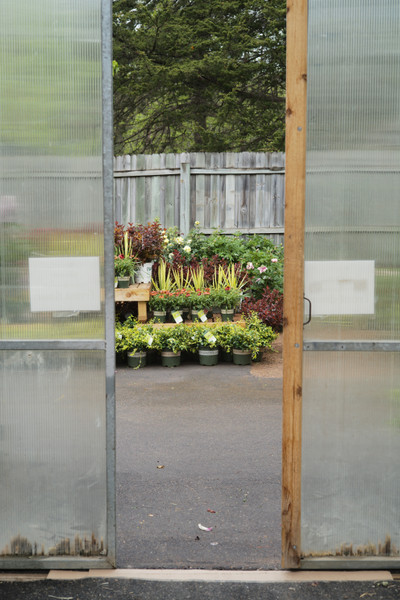welcome summer with perennials
Posted by Megan Nichols on May 29th 2020
Perennials, trees, and shrubs add a beautiful touch to home landscapes as well as increase home value. We’re entering prime perennial planting season as the beautiful summer weather comes into full swing. What better way to spend time outside than digging in the dirt and planting plants? Whether you’re looking to add one or two new additions or a whole new garden bed, we’re ready to join you in ringing in the summer months with perennials.

Preparing a Garden Bed for Perennials
When creating a new garden bed, the existing vegetation must be removed first. The quickest way to do this is manually, which is also the most labor intensive but great exercise. After the vegetation is removed, work the soil with a rototiller or by hand. Its best to then amend the area with compost. Whether the existing soil is heavy clay or porous sand, compost will help with both water retention and drainage while adding a variety of nutrients to the planting area. worm castings are another great, natural addition to add nutrients to grow healthy plants.
These same amendments are perfect for amending an existing garden bed, as well.
Need to Know Before you Grow
How Much Light is Available? This is really the most important part. You can’t fool the plants, they’ll know if they’re getting too much or too little light. When adding new plants to any space, the amount of light is the first consideration. The best way to gauge light is to periodically check in on the space you’re looking to plant and determine if the area is getting light at that time. Three hours or less is considered shade, 3-6 hours of direct sun is partial sun or partial shade (these two terms are interchangeable) and six or more hours of sun is considered full sun.

Favorites for Shade
Hosta – Sum and Substance
Lady’s Mantle
Astilbe
Favorites for Partial Sun
Cranesbill
Turtlehead
Goat’s Beard
Lady’s Mantle
Favorites for Sun
Coneflowers
Ornamental Grass
Black-eyed Susan
Salvia
Planting Trees and Shrubs
Dig the whole as deep and twice as wide as the root ball of the tree or shrub.
Remove the plant from the container. If it is not easy to remove, it’s OK to lay the pot on its side and press with your hands or foot to loosen the root ball.
Release the outer portion of roots either by pulling or, if the plant is very root bound, by using a serrated garden tool to cut an inch to half an inch into the sides and by making an “x” on the bottom. Then pull on the roots. Its important that they get growing outward after planting, otherwise they may continue to circle and never take hold. Our favorite tool for the job is the Hori-Hori Knife
Set the tree or shrub in the hole and ensure the soil lines match up evenly. If the plant is higher than the ground it's going into, it will be difficult to mulch and to keep watered, and will result in soil erosion and exposed roots. If the plant is set too low in the hole the base of the tree or shrub may become covered with soil and result in a rotted trunk.
Back-fill the planting hole with 2/3 native soil and 1/3 planting mix. Gently press the soil and add more as needed. Don't pack too tightly, plant roots need air to breath. Finally, water very well to encourage plant roots to grow deep down.
Continue to keep newly planted trees and shrubs well watered through their first season.
Minnetonka is basically the Hydrangea capital of the world, so we carry a wide variety of the ones we love best. Everyone needs a hydrangea or three.

How about a Hedge?
Many people are spending more time at home and have discovered a new found desire to plant a hedge (or at least the time to fill a long standing wish). Whether in sun or shade, an excellent choice for hedging plants is the Hicks Yew. They grow to be 10-12 feet tall and 3-4 feet wide and can be as easily sheered to maintain a lower profile or lightly trimmed for tidiness, or just let them grow free and natural. Gardener’s choice.
Happy Planting
This may be the best year yet to freshen up your garden spaces, add something new and fun, and take joy and solace in the act of gardening.

